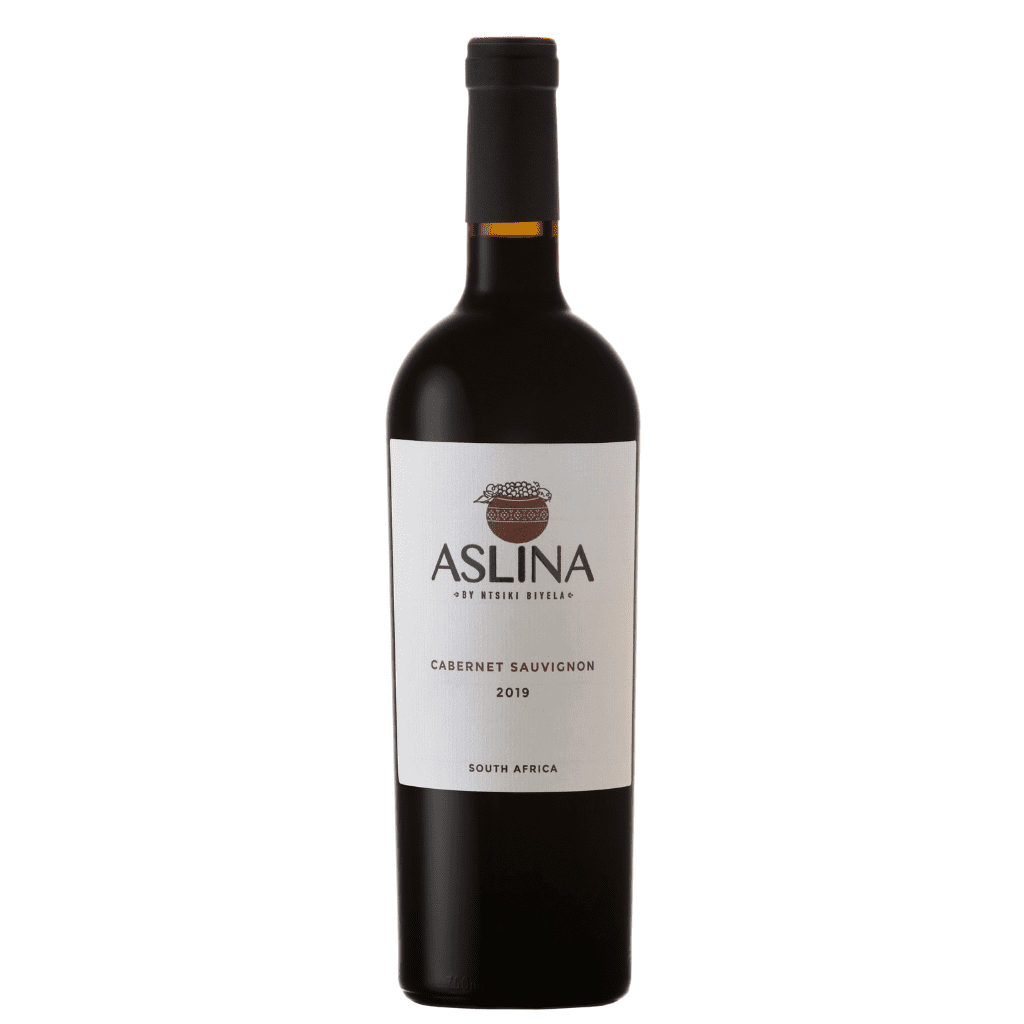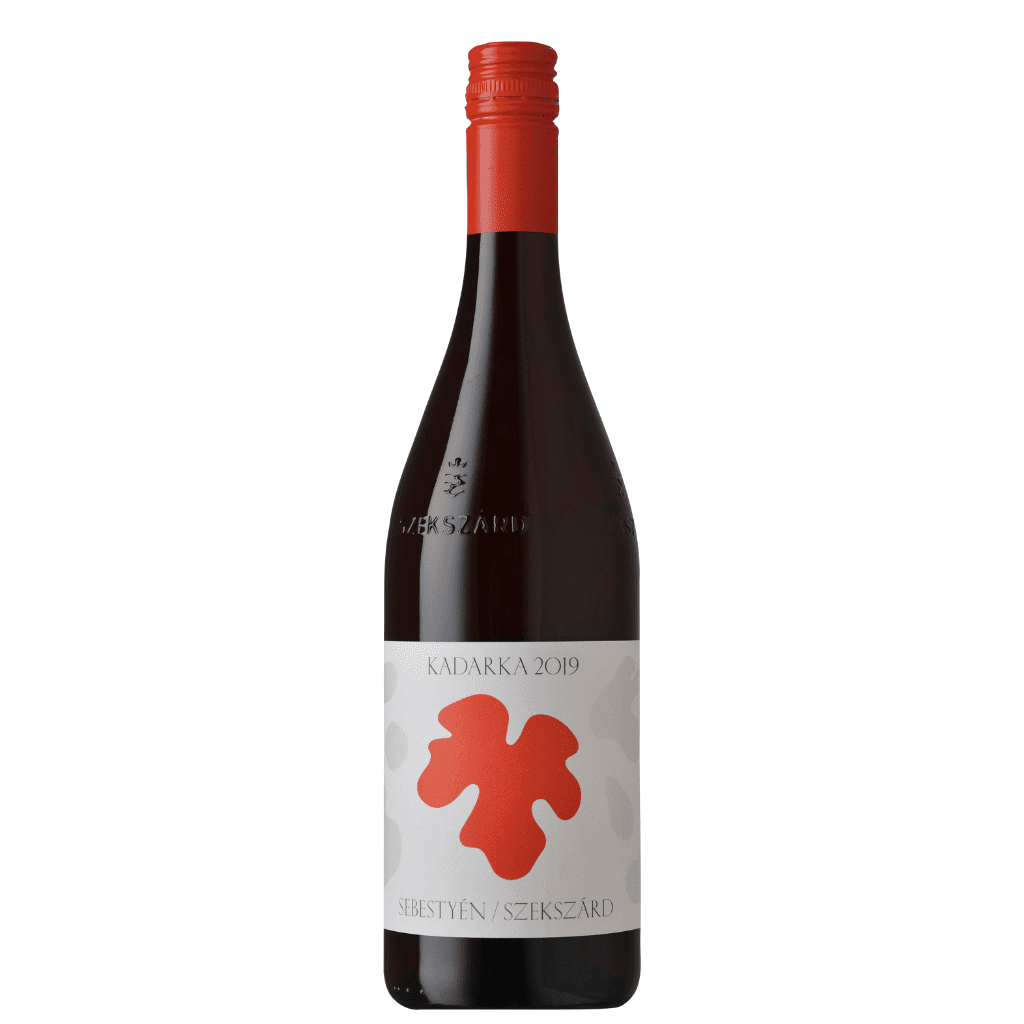It is so much easier to be a vegetarian in the 21st century than it was even 15 years ago, and with some two and three Michelin star restaurants providing exclusively plant-based menus, or food cultures based entirely around local and vegetarian produce, there are some clearly exciting foods to be found the world over. Conversely, it has always been easier to rely on what we are used to and the variety a meat-based meal, we feel, offers. So, when my vegetarian friends came to dinner, and this was the first time I had cooked for them, I was faced with a unique challenge.
We try to have a ‘vegetarian day’ once or twice a week, but I am neither a pro at putting together the most exciting meals for a Tuesday night, nor particularly prepared to whip up a dinner that would demonstrate what I love most about cooking. On the surface, pasta seemed like an obvious choice as well as a somewhat easy way out, but the starter I prepared was a butternut squash ravioli with a little sage brown butter and a roasted tomato arancini.
The main course, though, I definitely wanted to be special. So, I bought some rolled puff pastry, cut out discs in two sizes (the smaller for the base, the bigger for the tops) and set to one side. For the filling for my puff pastrypithivier, or pie, I salt-baked some whole beetroots for about an hour and a half. In the meantime, I diced mushrooms and sautéed in butter with garlic puree (I used a wasabi grater to produce said puree) and, once they’d absorbed most of the butter, added some chopped thyme and set aside. When baked, I removed the steamed beetroot from the salt crust and roughly chopped, adding this to the mushroom mix. I then placed a spoonful of the mixture onto the smaller bases, egg washed around the edges and placed the larger pieces over the top, sealing the edges and scoring a fancy pattern. Baked for 30 minutes and… done! Smashing.
The wife thought Pommes Anna would be too rich an accompaniment, so I compromised with diced, cubed potatoes sautéed in hot oil with chopped rosemary and a good whack of salt. Finally, I roasted some peeled, whole carrots with cumin seeds, then, once soft, roughly chopped and added to a pan with melted butter and cooked for a couple of minutes before blending. Depending on the tool – at this point I only had a mini blender,so it took a few passes – blend until smooth. The filling stays fairly moist (you’re welcome), and the puree provides further moisture, so I didn’t make a sauce. This was also because I hadn’t found a decent enough vegetable stock which would reduce well. If you like, add some diced shallots to the pan your mushrooms were in and sweat for a couple of minutes. Then, add some red wine and reduce before adding your choice of stock and make a sauce. Strain (or not) as preferred.
With the starter, I served a fairly modest Bordeaux Sauvignon which had around 15% Semillon in the blend. The citrus notes and tomato leaf character nestled pleasantly above the tomato and sweet ravioli filling. At the time I had a couple of thoughts for the main but started with a fairly young Reserve Rioja, which was around eight years old. I liked the savoury notes of age alongside the earthy mushrooms, beetroot and cumin spice; the vanilla of new American Oak complemented the sweetness in the carrot puree particularly well; the sweet and slightly sour redcurrant fruits of Tempranillo were welcome and, of course, the acidity.
You could also try a young, good quality Cabernet-dominated Claret, with a little cedar, some new oak, riper fruits, and a few savoury notes. For value, it’d be worth seeking out a second wine from a good Fourth or Fifth Growth from a vintage like 2014, which is forward and drinking well. Or, a well-made Langhe Nebbiolo with a string of superb vintages. Despite Barolo and Barbaresco’s minimum ageing requirements (not the same for declassified equivalents from the Langhe, which still tend, though, to be followed, if not so strictly, by quality-minded producers), there are some excellent wines from 2015, ’16 and even ’17 which have recently been released. For a simpler though no less enjoyable approach, I’d recommend Beaujolais, and the juicy Sebestyén Kadarka would work equally well for the same reasons; vibrant red fruits and soft, fine tannins with good acidity.







